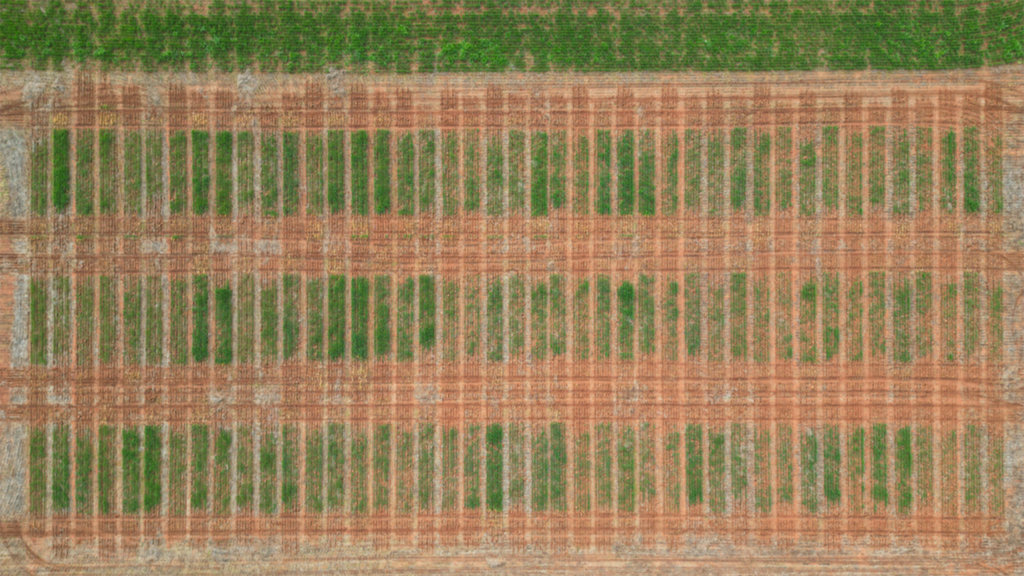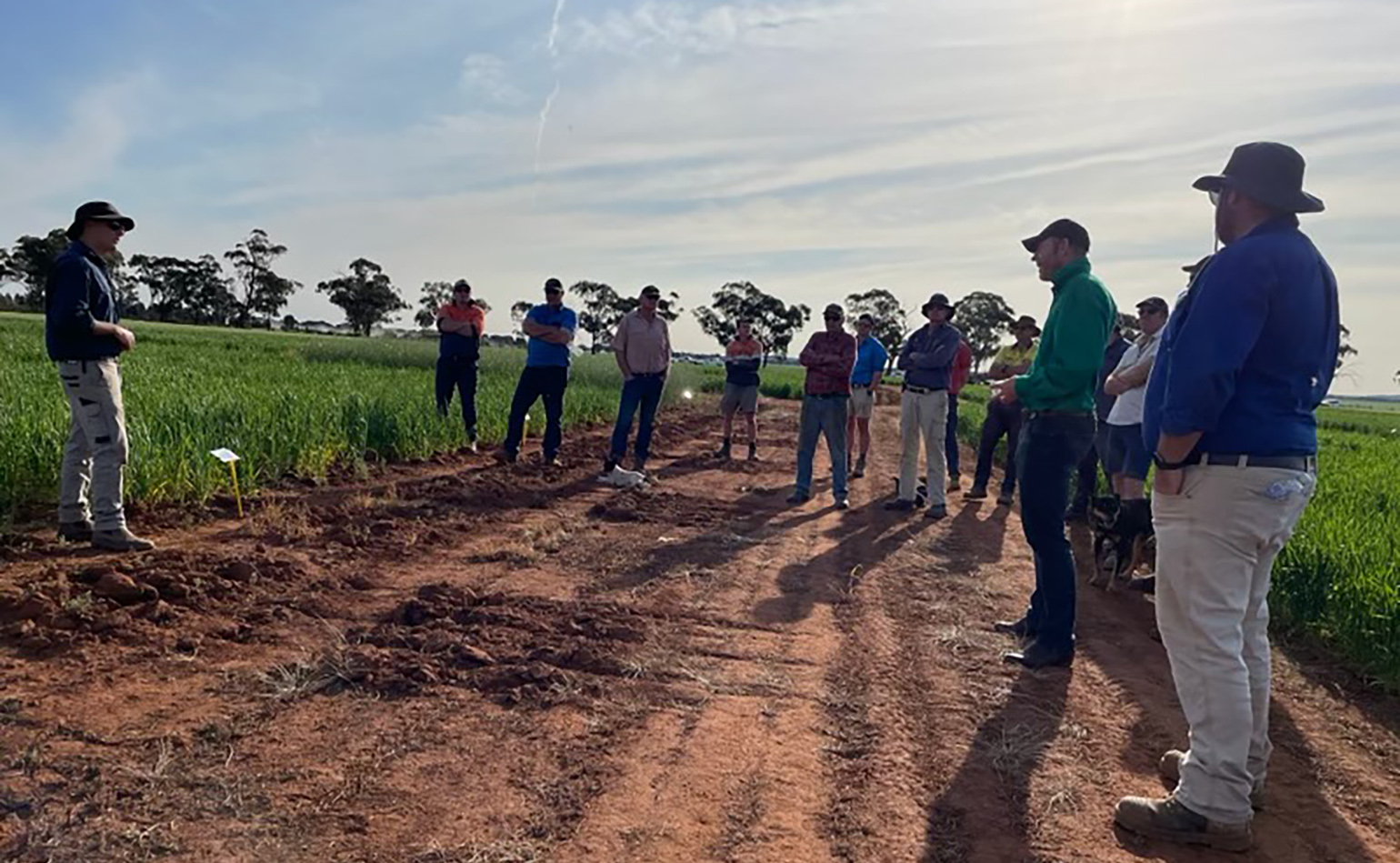Professor Terry Rose from Southern Cross University is leading a Soil CRC project to develop recommendations for the use of animal manures and new organic amendment products in managing soil fertility. The aim is to give growers confidence to replace mineral fertiliser inputs fully or partially with organic amendment products.
“The research team initially examined the amount of phosphorus available in waste products in Australia, including animal manures, compared to the amount of phosphorus exported from fields in harvested grains,” Professor Rose said.
“They found that around 136,000 tonnes of phosphorus is removed from fields in harvested grains each year in Australia, and only 27,000 tonnes is available in captured animal manure — hence, animal manures alone can’t sustain soil phosphorus fertility in cropping soils.”
Professor Rose said even for farmers that do have access to manures, their use is limited by transport and spreading costs, along with uncertainty over crop responses and longer-term impacts on soils.
“This project is identifying the fertiliser value of animal manures, including how new organic amendment products affect nutrient use efficiency in the field compared to traditional fertiliser inputs,” he explained.
The project team completed a meta-analysis of 19 published studies with 84 data points, where synthetic phosphorus fertilisers were compared to animal manures as a phosphorus source.
“Soil CRC PhD student Maryam Barati (Southern Cross University) also carried out pot studies using cattle, pig and chicken manure as a phosphorus source compared to Monoammonium phosphate,” Professor Rose said.
Results from pot trials and meta-analysis suggest the phosphorus fertiliser value of manures may be similar to that of synthetic phosphorus fertiliser when the duration of crop growth is more than four months.
“To support the findings of the literature review and pot trials, our project participants are overseeing field trials examining phosphorus fertiliser value of manures. The trial sites are located at Tallimba, Wollongbar and Ardlethan in New South Wales.”

“The final year of field trialling is underway, with manure and superphosphate fertilisers applied in April followed by sowing of wheat by grower group participant, FarmLink,’ Professor Rose said.
Maryam has now completed her experimental work and is expected to submit her thesis in the second half of 2024. The project is on track to wrap up in 2025, when we’ll share the full research findings.
Joining Southern Cross University and FarmLink as project participants are the NSW Department of Primary Industries and NSW Environment Protection Agency.
Find out more
Project overview: Increasing nutrient efficiency with new organic amendments
Presentation: Watch our 2023 project update

